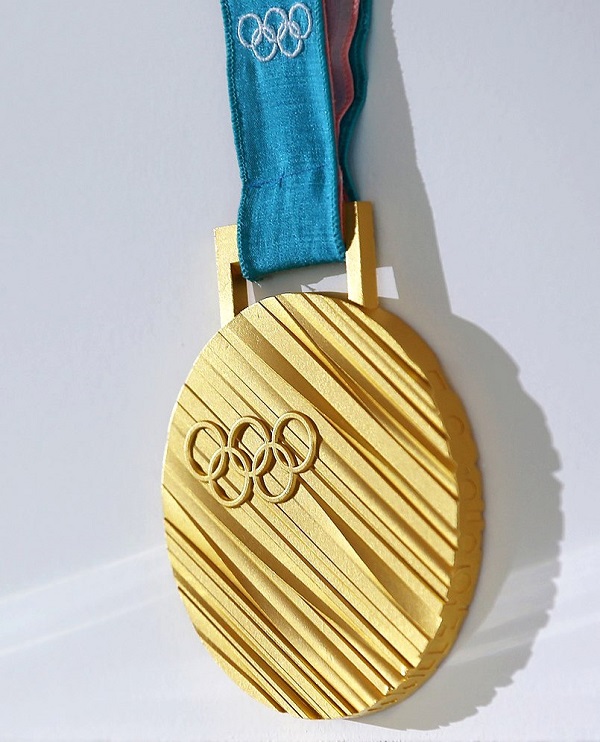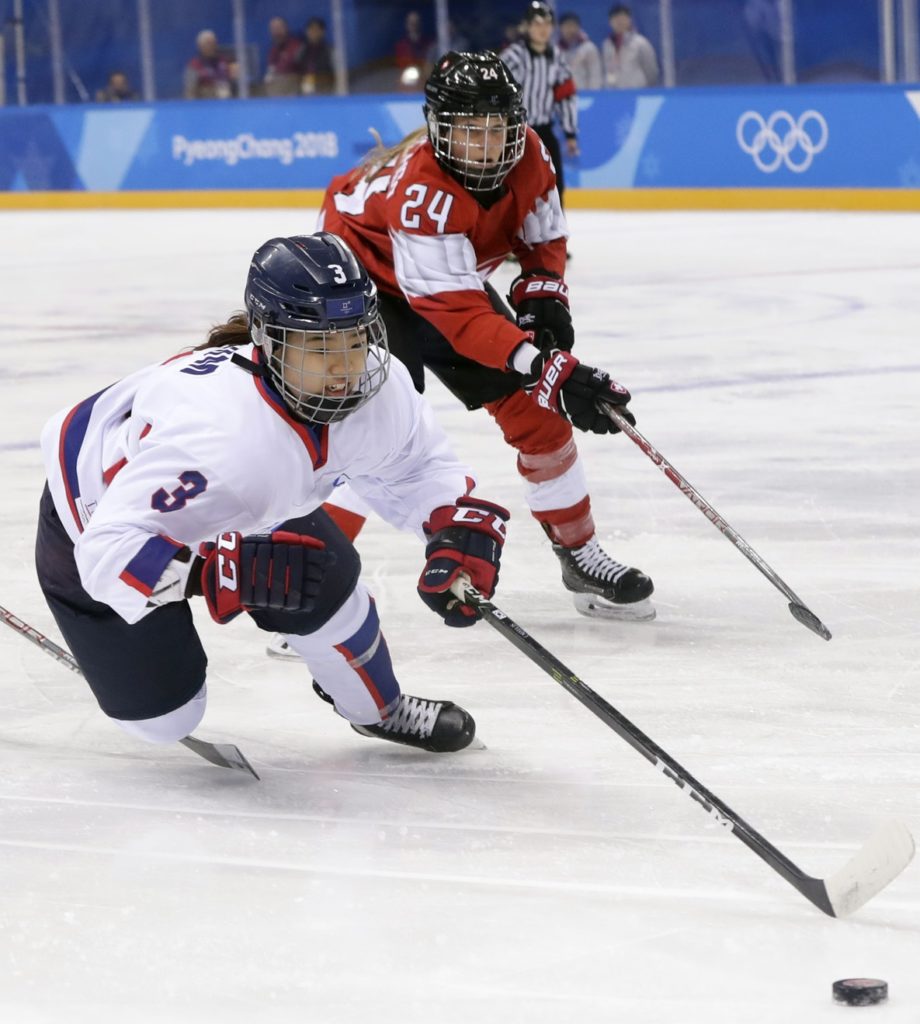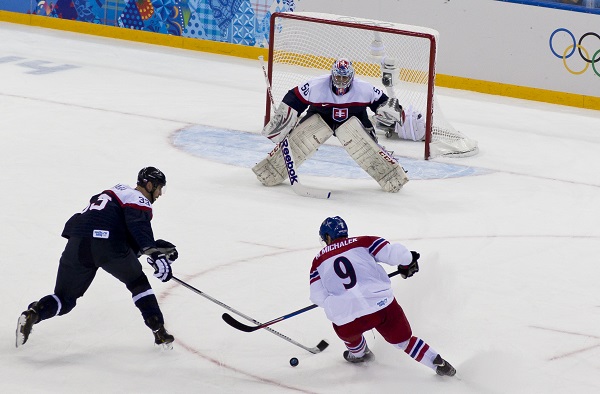Dear Sports Fan,
Why do athletes make so much money?
Thanks,
Venita
— — —
Dear Venita,
Your question is a topical one given the last week of sports in the news. Just in the last week, four NFL football players made news for signing record new contracts for their positions. Wide receiver Odell Beckham Jr. signed a $95 million dollar five year contract extension, quarterback Aaron Rodgers signed a $134 million dollar, four year contract extension. Then, defensive players Aaron Donald and Khalil Mack signed new deals for six years and $134 million dollars and six years and $141 million dollars respectively. And, as Mike Oz on Yahoo Sports points out, dozens of baseball players make more money than these top football players. How is this possible?
The conventional answer is that it’s possible because market forces allow it. Taking that down one level, the owners of sports teams are willing to pay players as much as they do because owning a sports team is so lucrative. That’s driven by two related forces. The first, and primary one is fans; people love watching and rooting for sports teams and they are willing to pay a lot of money to do it. Tickets for a game, are just the start of the money spent on a day at the ballpark or field. There’s often the cost of parking, you’ve got to buy popcorn or a hot dog (or at more modern stadiums, some fancy BBQ or a fusion short-rib taco). Outside of game-day, people buy all sorts of items that show their fandom, like jerseys, team hats, team licence plate or cell-phone covers. The list goes on and on.
The other thing fans do, and this is the catalyst for the second big force driving player salaries, is they watch their favorite team on television. It’s hard to underestimate the importance of this. Sports broadcasts on television are reliably the highest rated programs. In 2017, the top five and 18 of the top 20 rated television shows of the year were sports. In a world of splintered viewing, sports are seemingly the one force that can still bring a mass audience to the screen. Cable companies are therefore willing to pay leagues massive amounts to carry their sport. The NFL sells its television rights for over four and a half billion dollars per year! The NBA is second at over two and a half billion dollars per year. A single team in MLB baseball sold their local TV rights for more than eight billion dollars over 25 years.
The money flows from consumers through their cable companies to sports leagues to team owners to players. That’s only one way of looking at this though. The market approach only really works as an analysis of why athletes get paid so much if you assume each actor is willing to share their profit down the line. We know, particularly with sports team owners who are often hard-nosed million- or billionaires that no one gives up profit without a struggle. The other way of looking at this topic is through the history of players advocating for themselves in locker-rooms, boardrooms, and court rooms often at great risk or cost to themselves. Here are three major stories from this struggle.





